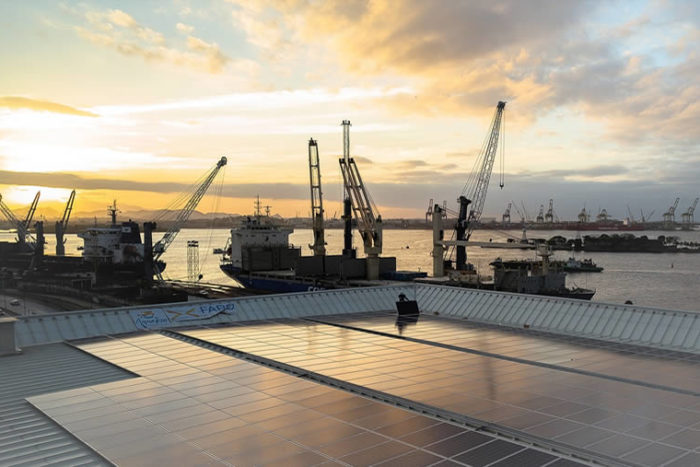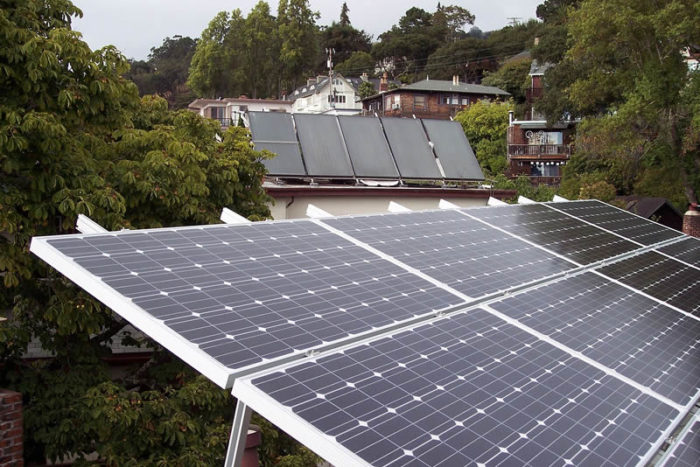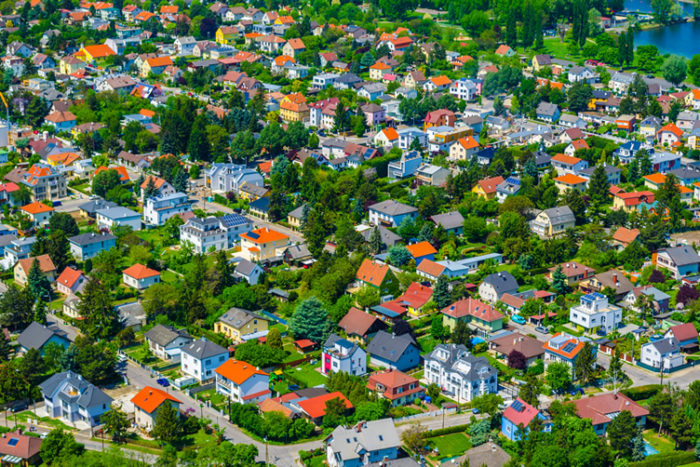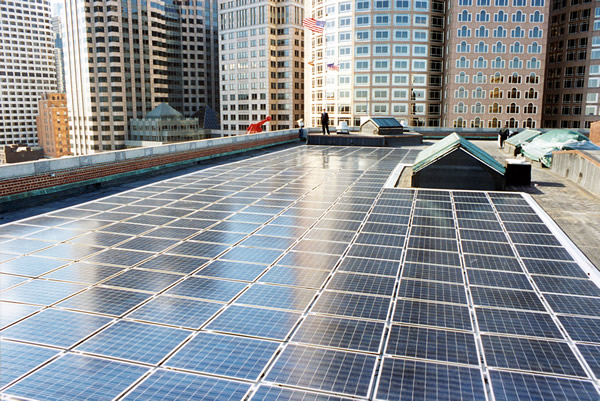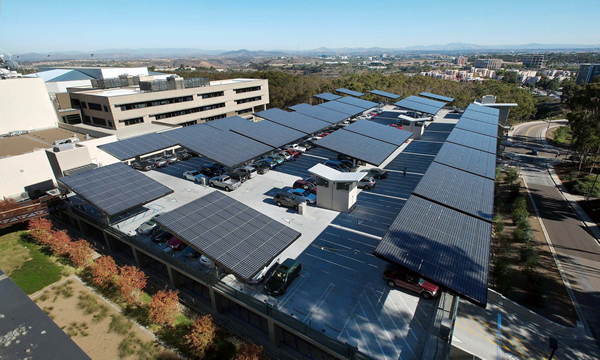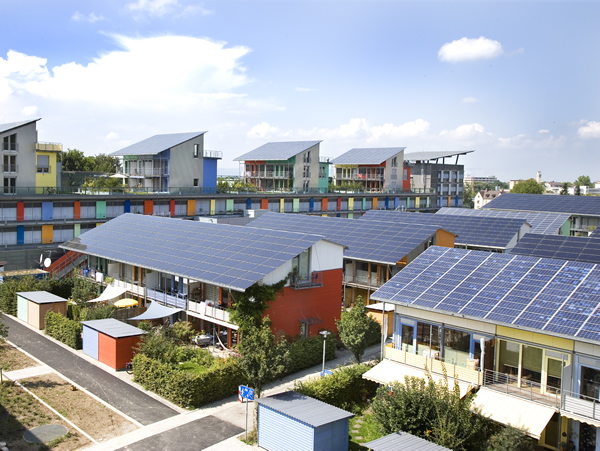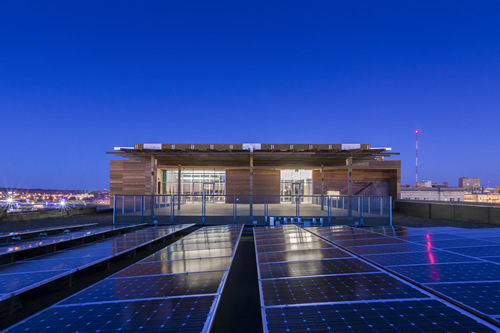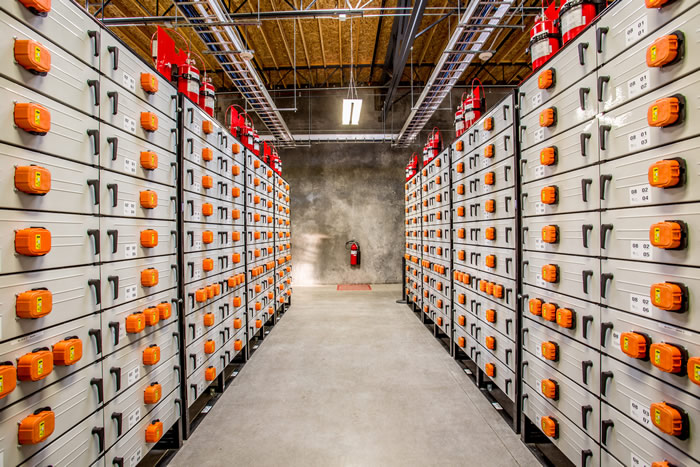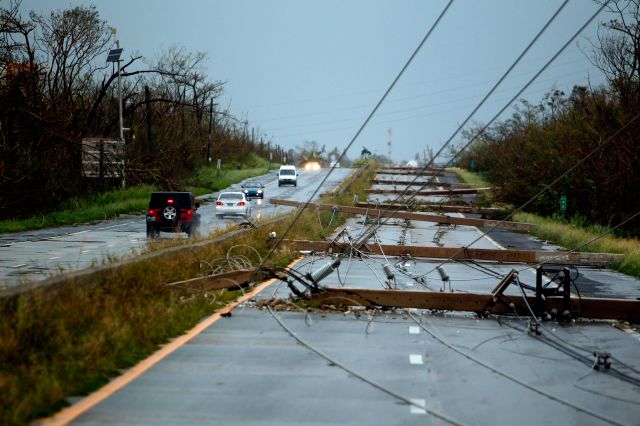Going “100 percent renewable” is a worthwhile and important goal, but it’s a challenging proposition technically. That’s not stopping cities, states and corporations from adding their names to a list that grows daily. We explore the different meanings of this term, and the challenges of getting there:
HOMER Founder Message
HOMER Grid: Modeling future changes in microgrids
Growth in microgrid markets worldwide is leading energy developers to ask how they might adapt distributed renewable energy projects to the future. Now both HOMER Pro and HOMER Grid have multi-year modules, which can model the cost of utility rate escalations, load growth – and the degradation of PV and batteries over time.
Energy Future: Diverse, Decentralized, Distributed, Decarbonized, Democratized, and Digitized.
We are in the midst of a critical paradigm shift as our energy system evolves from a centralized power plant model to a complex array of smaller, distributed energy networks that incorporate multiple – primarily renewable – technologies. Driven by the new cost advantages of renewable energy, as well as an urgent need to reduce our carbon emissions, these changes are upending century-old beliefs about how energy should be produced and distributed. HOMER Energy CEO and co-founder Dr. Peter Lilienthal explains the new principles that should guide our energy decisions:
Solar and Nuclear: What’s Wrong with Putting All Options on the Table?
In general, putting all options on the table seems like good policy advice and normally it is. With respect to energy and climate policy it is a way to avoid antagonizing proponents of conventional energy sources. In the context of phasing out fossil fuels, it really boils down to the two carbon-free sources with the greatest potential: solar and nuclear. We explore the choices:
The promise of distributed energy in expanding energy access
Conventional wisdom used to be that rural communities would get energy access through connections to the central grid. Now it’s clear that in developing countries, distributed renewable energy is a faster, cheaper and cleaner route to electricity.
The Role of Community in Planning and Maintaining Successful Microgrid Projects
This year’s HOMER International Microgrid Conference featured several important presentations on the role of communities in the planning and maintenance of successful microgrid projects. For that reason we’ve […]
Clean Power NOW: 12 Years to Save our Planet, Starting Today
In early October, on the eve of the 2018 HOMER International Microgrid conference, the International Panel on Climate Change (IPCC) issued a report on the impacts of global […]
Welcome to the 6th Annual HOMER International Microgrid Conference
The 6th Annual HOMER International Microgrid Conference will provide attendees with some of the most interesting microgrid case studies we could find on projects going on all over […]
HOMER International Microgrid Conference To Explore Diverse Microgrid Control Systems
Just as there’s no such thing as a “one size fits all” microgrid design, there’s no “one-size-fits-all” microgrid control system. Controls are often described as the “brains” of […]
Three Phases in Designing Successful Microgrid Projects
One of the things we strive to do with each release of our HOMER software products is to help our users make better decisions about how to design […]
Why we created HOMER Grid: Understanding the differences between HOMER Grid and HOMER Pro
Note: This article was updated in July 2018 to reflect changes in HOMER Grid 1.2. In mid-March 2018, HOMER Energy released HOMER Grid – our first new desktop […]
Energy Storage Systems: Disrupting the Power Sector, Again
With a rapid decline of costs outpacing expectations, energy storage is following a positive trajectory similar to that of solar PV a decade ago. In fact in the […]
Assessing Demand Charge Savings from Solar+Storage and Other Hybrid Systems
Commercial customers pay for electricity in different ways than residential consumers of energy. As we explained in an earlier blog post, large users pay for the fact that […]
How You Can Help Puerto Rico Rebuild Following Hurricane Maria
Many of you in the microgrid industry have asked me what we can do to help Puerto Ricans get the lights back on quickly, and cleanly. Seven weeks […]
Combined Dispatch Algorithm “Two-for-one Deal” Accurately Models Microgrid Controller
By Cycle Charging during periods of low net load, the Combined Dispatch algorithm helps avoid using a diesel generator at low loads. By Load Following during periods of high net load, the algorithm maximizes the use of available renewable energy. Due to this flexibility of being able to account for both high and low loads, the Combined Dispatch algorithm is a better option than choosing between Load Following or Cycle Charging (and potentially making the wrong choice). It is also a better option than running both strategies by default, which doubles the processing time. On top of that, we’ve seen that Combined Dispatch can perform as well, if not better than, either Load Following or Cycle Charging.
Peter Lilienthal: Support Repair of Hurricane Matthew-damaged Haitian Microgrid
Join Us in Helping Hurrican Matthew-damaged Haitian Microgrid Repair Efforts When Hurricane Matthew came ashore in Haiti, the center of its landfall was Les Anglais, the location of […]

